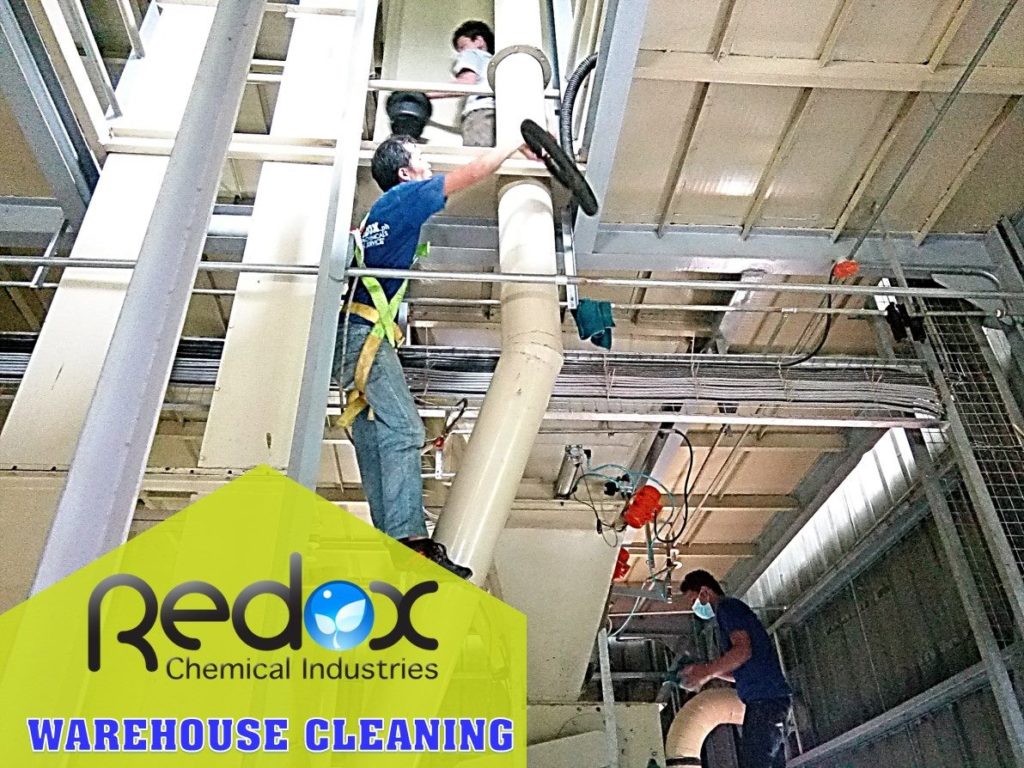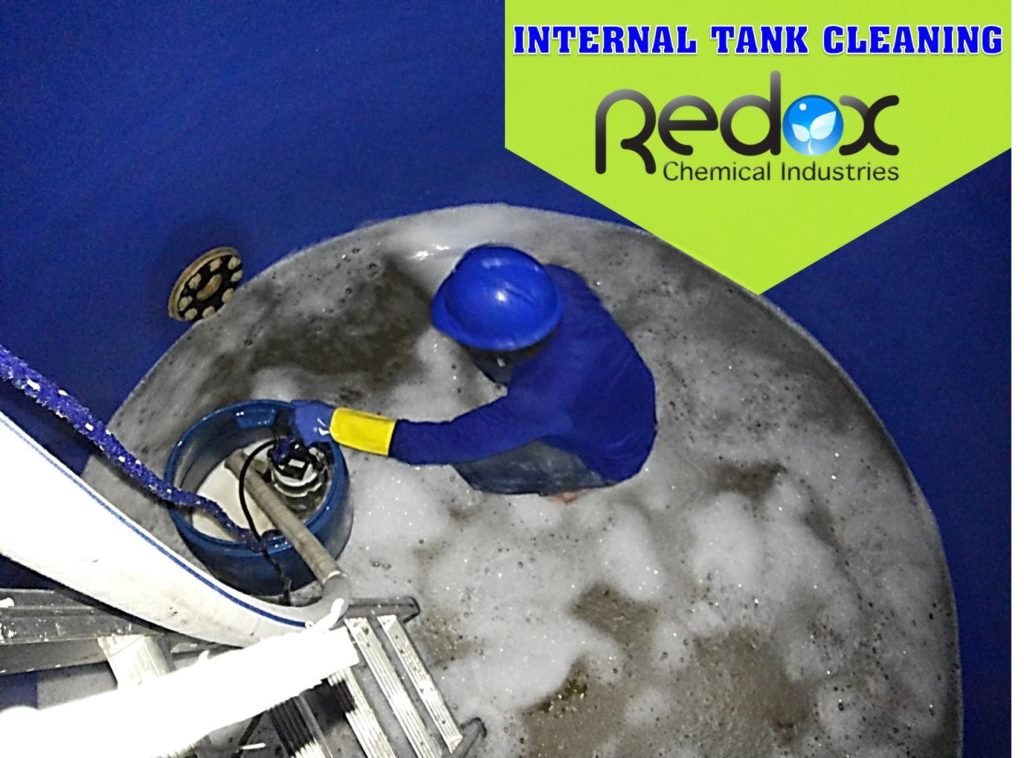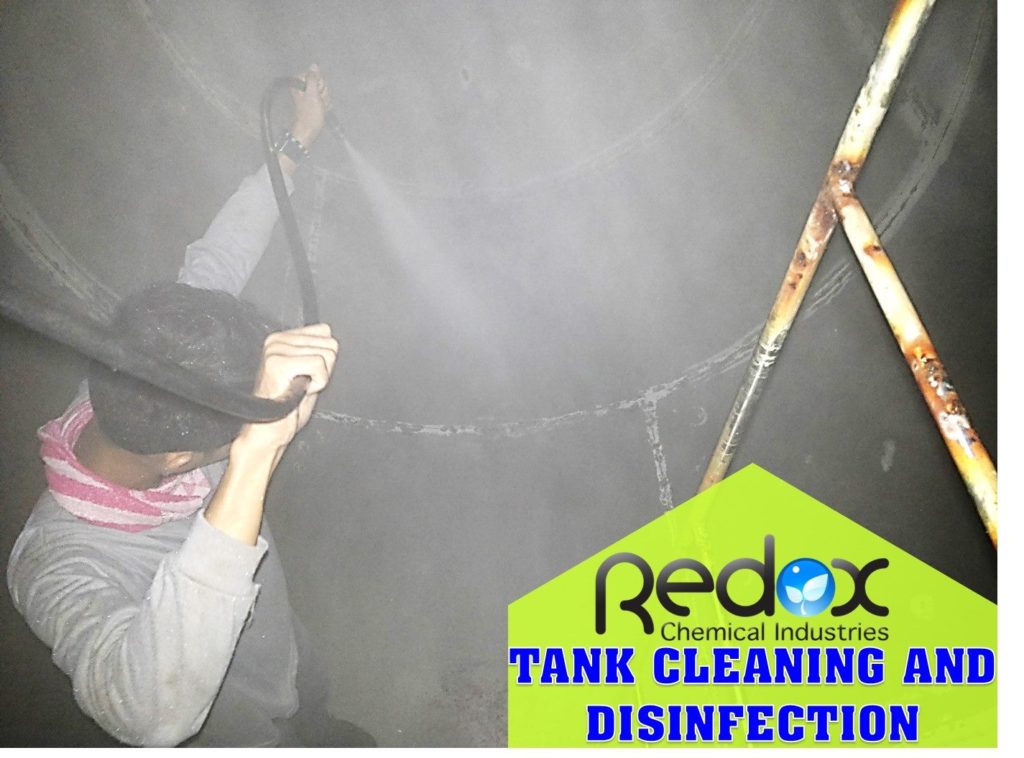Silos and bins are often used to store industrial powders, pharmaceuticals, animal feeds, and cement and will require regular maintenance to ensure that they are operating at their maximum efficiency. Maximum efficiency in silos refers to the free movement of the materials stored on a first-in and first-out basis so that the older materials won’t get any chance of contaminating the fresh ones.
When it comes to silos, two problems usually crop up, and these are bridging and ratholing. Bridging refers to the material sticking to the bottom of the silo while rat holing occurs when powder from the material gets lodged to the sides of the silo.
As for grain bins, they need to be cleaned before storing grains and other materials to prevent insects from getting inside and destroying what’s stored in them.
Accepted Cleaning Methods of Silos and Bins
Cleaning silos can be done manually where the worker is lowered into the silo to remove any debris. However, this can be a bit dangerous as silos are confined spaces and may lack in the air causing dizziness and fainting spells in some cases. What’s more, there is also the possibility of inhaling contaminants like powder residues or gasses which are hazardous to one’s health. The good news is that there are different cleaning methods available that can help remove any debris that may cling to the sides or the bottom of the silo.
- Air Blasters. This cleaning process is one of the most efficient but the downside to this is that it can cost a lot of money since air canons have limited range and may require you to purchase several units. The air blasters can be quite noisy too and will consume significant amounts of compressed air.
- Inflatable Liners and Pads. The liners and pads are easy to install on the sides of the silo and are efficient in preventing side build up. However, they may not be that effective when it comes to bridging.
- Acoustic Cleaners. This cleaning method is probably the safest way to ensure that your silos are clean. It is non-invasive, and you don’t even have to remove the contents of the silo for this equipment to do its work. Acoustic cleaning is also considered as a preventive solution when it comes to bridging and ratholing.
- Hydraulic or Pneumatic Whip Machines. These cleaning machines are portable and can easily cut through the debris that clings to the walls of the silo. These are usually operated outside the silo which means there will be less risk to the cleaners.

As for bin cleaning, there are several steps that you should do to ensure that the bins are free from any dirt or debris before being used. Some of these measures include:
- Remove clutter. In order to prevent pests from raiding your bins, it’s important that you clear away any clutter around them. These will make your bins less attractive to rodents, and other pesky creatures.
- Get rid of debris. When cleaning grain bins, it is important that you remove all traces of grain from the truck beds, augers, combines, and other equipment that is used to transport harvest, and handle grains. Keep in mind that even the smallest amount of infected grain can wreak havoc on the new grain that you are storing in your grain bins.
- Use a vacuum cleaner and broom. You can use a broom as well as a vacuum cleaner to remove all traces of old grains that are left behind in the bin. Make sure that there are no traces left behind as even the smallest amount can cause damage to new grains.
- Apply insecticides. Once you have cleaned the inside of the bin, choose an insecticide that has been approved by the health department to coat the bin. The insecticide can prevent insects from invading the bins and protect the stored grains in them.
- Check the landscape. Grain bins must have a clear landscape around them with the site graded so that water will flow away from the bins. This prevents water from pooling below the bin which can minimize the chances of the grains getting damaged by rain. It is important too that there are no weeds around the perimeter of the bin to ensure that no insects and pests will thrive.
- Pay attention to mechanical parts. When cleaning grain bins, make sure that you check the electrical components too since there is a possibility of rodents and rats getting to the wires. See to it that all parts are working perfectly and clean any electrical parts that are covered in dust and dirt
Check the cleaning project that we did last August 2016 at Nutec Feeds and Solution Incorporated in Sta. Maria, Bulacan.


